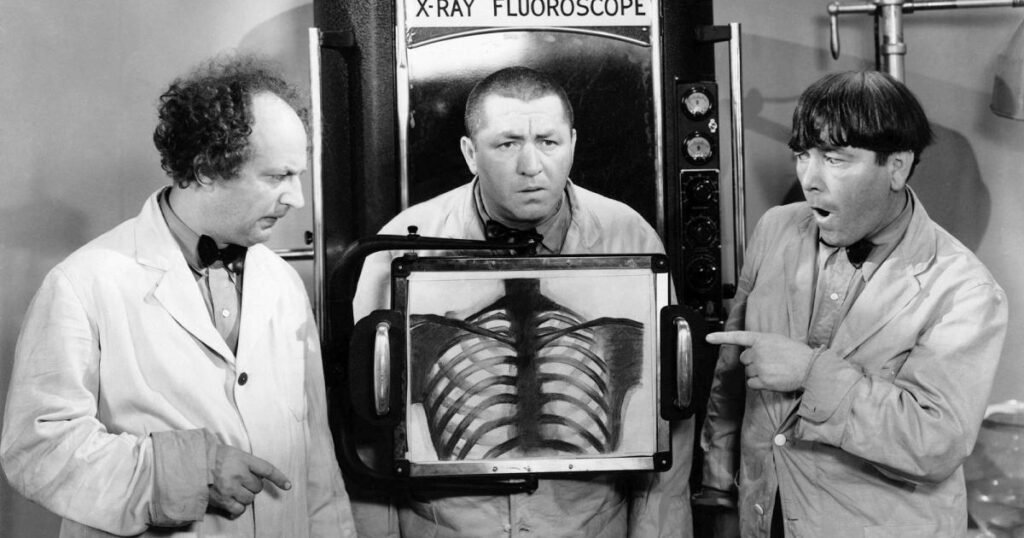Where Jobless Americans Can Health Insurance Coverage After The 6-Month Federal COBRA Subsidy Ends

The $1.9 trillion American Rescue Plan that was signed into law in March included a provision where the federal government created a temporary subsidy to help people who lost their jobs during the COVID-19 pandemic to cover the costs of their health insurance coverage through the Consolidated Omnibus Budget Reconciliation Act (COBRA). Under COBRA, an individual can continue to receive health care coverage from a former employer, albeit by paying their share of the monthly premium along with the share previously covered by the employer when that individual was on their payroll.
The subsidy took effect on April 1 and is set to expire on Sept. 30. Congress has no plans to extend the subsidy, which could create difficulties for those who have yet to find work that includes employer-funded health insurance. For those individuals who cannot afford to return to paying for their coverage via COBRA on their former employer’s plan, here are five options that can be considered.
1. Affordable Care Act’s Marketplace: A special 60-day enrollment period has been enacted in connection with the Affordable Care Act. This enables individuals to enroll in the marketplace outside of dates set for each year’s enrollment period.
Qualification is determined if a person or a member of their household lost qualifying health coverage in the past 60 days, for more than 60 days since Jan. 1, 2020 or expect to lose coverage in the next 60 days. The Healthcare.gov website allows people to determine if they qualify.
2.Medicaid: This program is jointly funded by the federal and state governments and covers one in five Americans, making it the nation’s primary source of long-term care coverage. Medicaid provides health coverage for some low-income people, families and children, pregnant women, the elderly and people with disabilities.
In some states, the program also covers all low-income adults below a specific income level. Since this aspect of the program varies among the states, one should check their state’s policies via the Medicaid.gov website.
3. Short-Term Health Insurance: An often-overlooked option is a short-term health insurance policy designed to fill the gap in coverage until a longer-term solution can be arranged. Although their premiums tend to be less expensive than those attached to long-term plans, the depth and scope of coverage they provide is also more limited.
The online resource eHealthInsurance.com offers access to more than 3,600 plans from over 16 carriers, along with information on the pros and cons of this approach.
4. Group Insurance: This type of insurance covers members of a professional society or association, and is often relied upon by small business owners or single-person enterprises. Membership within the professional society or association is usually a requirement for achieving access to this coverage.
Not every trade-based entity offers this coverage, so it is incumbent upon the individual to determine whether there is an organization within their state that offers this type of a plan and if coverage can be extended to an individual who is not associated with a specific company.
5. Health Care Sharing Ministries: This solution involves faith-based nonprofit organizations consisting of people – usually who share a religious belief – who pool their money together to help members pay for each others’ medical expenses.
Although not officially considered as insurance coverage, this option functions as a self-insuring cooperative. However, each organization has its own limits on the procedures it will cover and the costs it is willing to finance. Also, this sector is not required to be in compliance with the consumer protections created within the Affordable Care Act, so research is needed to determine if this approach is the right fit.
Photo: Columbia Pictures.
This content was originally published here.




Responses